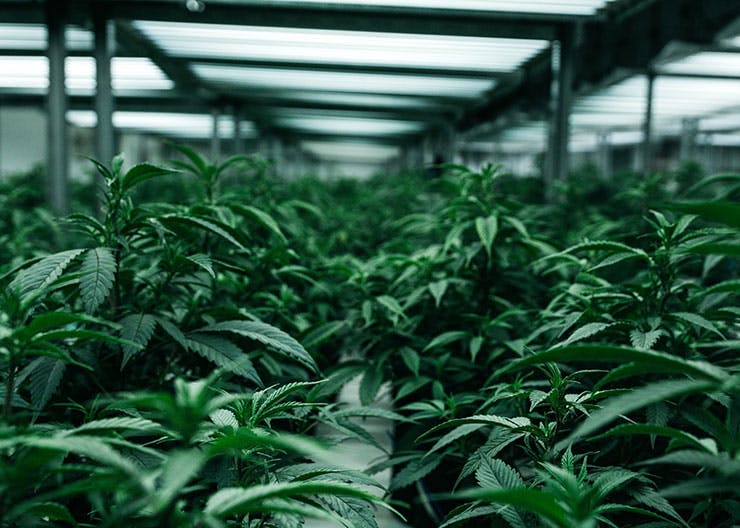Part 1 // What is Cannabis sativa?

The weed world these days is filled with a wide variety of delicious, yummy-smelling, sticky, and often medicinal buds. That’s thanks in no small part to cannabis breeders and farmers who, in just a matter of decades, have brought forth an abundance of extraordinary varieties. Some have just the right amount of THC, CBD, and limonene to make for a lovely sunny afternoon in the garden, while others contain little to no psychoactive compounds at all and provide an effective treatment for persistent epilepsy.
Truly, cannabis breeding is becoming more science than art, the effects of which can be used for everything from pain management to fiber making. Unfortunately, prohibition has brought with it no shortage of negative side effects, including a lack of scientific study and publication about the plant. At the same time, the more we learn about cannabis, the more we’re beginning to realize that things we once thought to be true are actually false. A breeder interested in producing a plant with mellow effects, for example, may cross two varieties commonly referred to as “indicas,” only to find those two “indicas” contain way more THC than they would have thought.
Behind these misconceptions is an underlying concept that we’ve only just begun studying in cannabis: genetics. In this post, we’ll cover some important concepts and learnings in cannabis genetics and look at how understanding cannabis genetics can play a critical role in breeding that perfect cultivar.
The Basics: Debunking the Indica vs. Sativa Binary
The best place to start is with the way most people think when it comes to categorizing cannabis: indica and sativa. Common nomenclature puts these taxonomic classifications into a kind of binary: “sativa” varieties are narrow-leafed, tall, lanky, and energizing, while “indica” varieties are broad-leaf, short, bushy and sedating.
As we test and learn about these varieties, however, we’re learning that the opposite can be true: narrow-leaf varieties often have sedating effects and broad-leaf varieties can be energizing. So how do you know what a variety is or what it does? Really, the only way to properly classify varieties is to know the chemotype — the cannabinoid and terpene profile — along with the genotype — its unique genetic makeup.
Genotype vs. Phenotypes
Genotype is based on the DNA of an organism. Cannabis is diploid, meaning that it inherits two copies of each gene — one copy from each parent. Thus, the genotype for a gene of interest is based on the combination of the two copies.
Phenotypes are the observable characteristics or traits of a plant that are determined by genotype and physical environment (including but not limited to temperature, humidity, and cultivation practices). Some phenotypes — like leaf shape and flower color– can be seen, whereas others — such as the chemotype of a plant (the chemical phenotype, like terpene profile and cannabinoid potency) — can only be measured.
Cannabis genetics work similarly: one parent plant may be broad-leafed with low levels of THC, while the other is narrow-leafed with high levels of THC. Their children — the seeds — will contain genetics from both parents, and only some of those traits will express themselves when the plant actually grows. This is why the morphology of the plant — or the way it looks — is not a sufficient indication of its chemical content.
Nor, however, is genetics — even clones of the exact same plant may express themselves differently depending on how they are cultivated. For example, a clone brought up in an indoor growing facility may produce different morphology and chemotype levels than one grown outside. Similarly, identical twins may not be perfectly identical: one may be born with a mole on their cheek, or they may develop different physiologies if they grow up in different environments or have different eating and exercise habits. Thus, even the exact same genotype can produce different phenotypes.
Defining Cannabis sativa
Understanding that indica and sativa aren’t actually a binary and that there is, instead, an universe of genetic diversity, leads to a really important question: what, then, is Cannabis sativa? Are there truly other cannabis species?
Here is a place where genetics can help us find the answer: through comparing DNA between thousands of samples, we can begin to shed some light on the relationships between different cultivars of cannabis, as well as the species boundary.
Through this and other work, scientists now accept Cannabis sativa as the scientific name for all cannabis, which comprises a single species that includes all drug cultivars as well as varieties used for fiber production, like hemp.